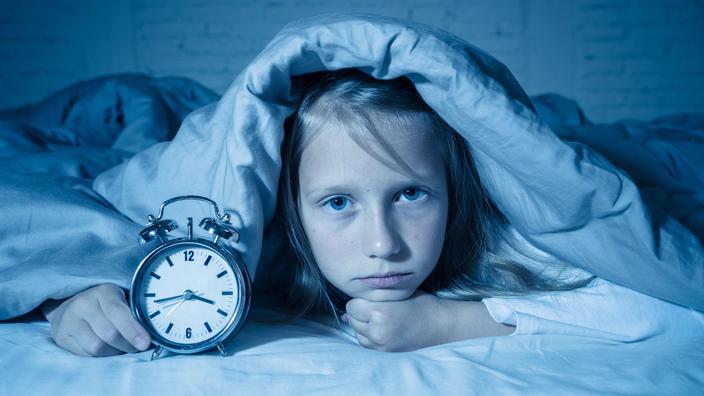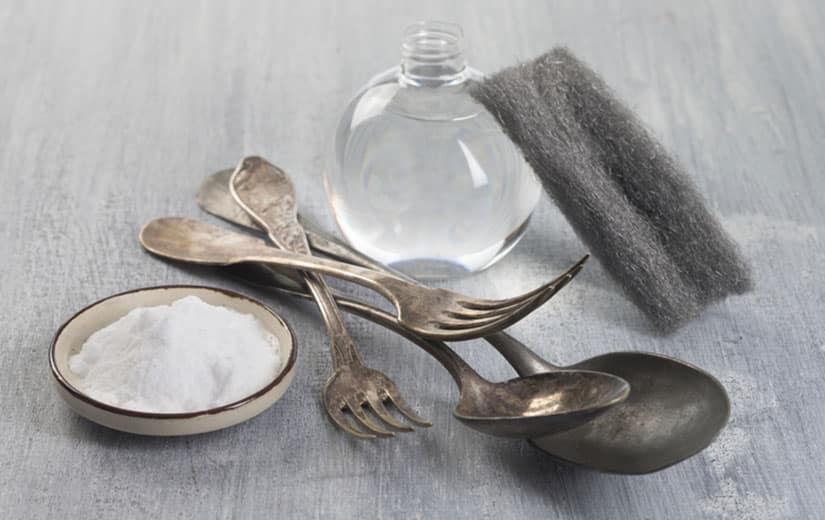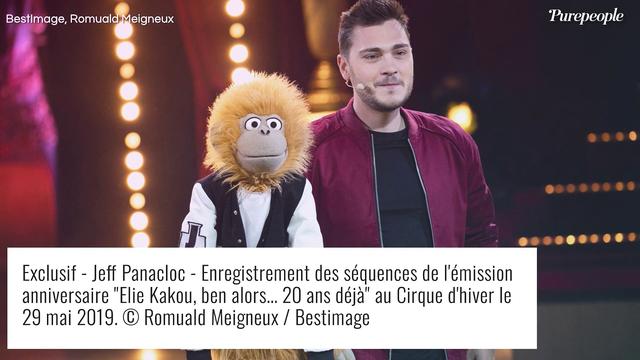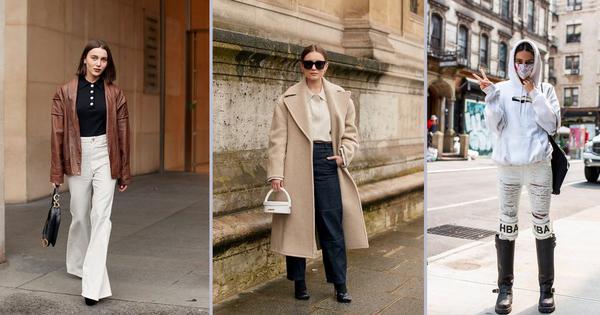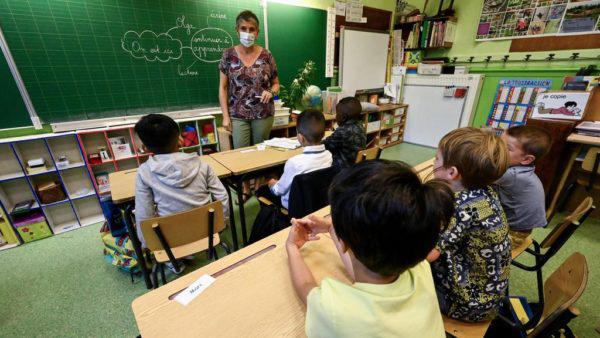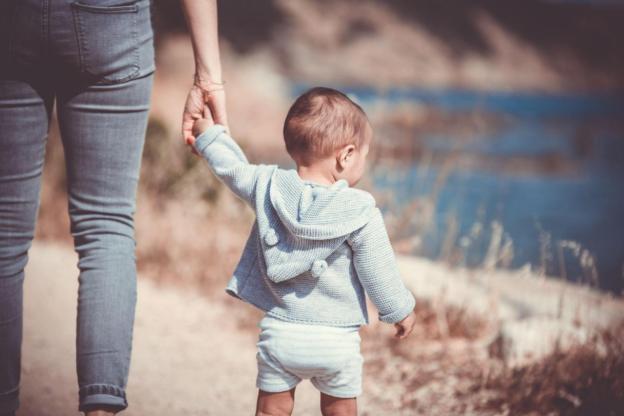
Vanessa Bruno has been designing collections with modern femininity for more than 20 years in a bohemian chic spirit that has become her “trademark”. Meeting with this inspiring and inspired woman in her Parisian studio on rue de La Pierre-Levée.
Its casual chic style with a touch of poetry gives strength, greater self-affirmation and underlines with small touches – even in the details of a light Provençal lace – our state of mind of the moment. Since the opening of her first boutique in Paris in 1998, the Parisian stylist says she has been inspired by everyday life. His style, which cultivates a timeless elegance known as “Parisian”, met with immediate success. Her creations seduce celebrities, such as Charlotte Gainsbourg or Vanessa Paradis, and her collaborations with La Redoute and 3 Suisses make her known to the general public. Without forgetting his sequined shopping bag copied all over the world and “pantheonized” at the Museum of Decorative Arts in Paris (2004). A key figure in the French fashion landscape with growth of 23% (10 stores and 6 corners in France, 370 multi-brand customers worldwide), Vanessa Bruno continues to innovate, but always in the same spirit and above all faithful to her. -even.
Désirée de Lamarzelle: How do you position yourself in relation to the new wave of French brands like Sézane, des Petits Hauts…?
Vanessa Bruno: Our philosophy has always been to offer affordable luxury with a positioning that offers sophistication, a “designer” approach: in precision, structure and cut, as well as finishes. Pieces made from new materials, with new constructions or lace inlays made in France. I attach enormous importance to detail, because it allows you to find in the collection what you will not find elsewhere.
The brand defies the laws of fashion longevity, what's the secret?
To define my style, I would say that I respond to the expectations of women who are looking for clothes that sublimate their everyday life, both intimate and personal, and where they don't have the impression of fitting into a caricature figure. of fashion. I like the idea that my clients become attached to certain models with which they weave a story. They sometimes tell me that they "never leave" certain models which they then mix with other pieces, a way of being in everyday life and knowing how to sublimate it. All this contributes to the longevity of the brand.
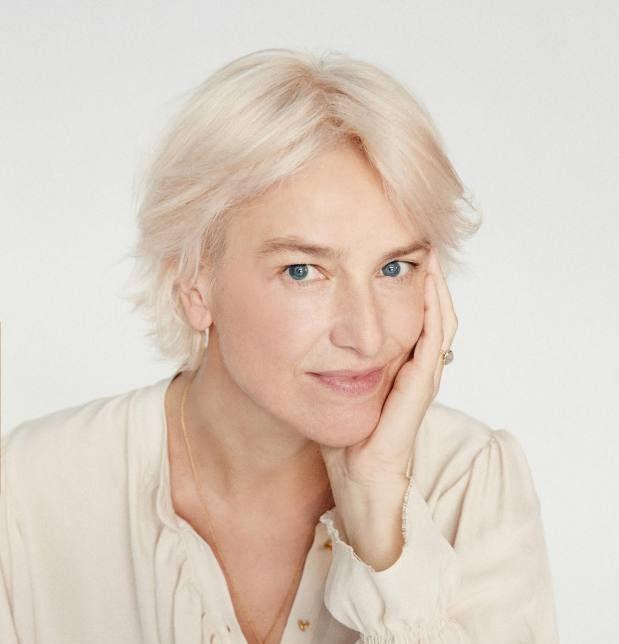
Twenty years of collections… What still amuses the designer and businesswoman?
In one word, emulation. Teamwork, surrounded by people who make me evolve with different visions or that I hadn't thought of, to sometimes settle about thirty subjects during the day. I want to continue to learn, to be amazed, to think of solutions, and to make a product exist. A reflection that is broader than the subject of fashion itself which bores me a little. I like my freedom as an entrepreneur even if autonomy can be expensive.
With the constant injunctions of fashion creativity, how do you draw your inspiration?
There are inspiration mechanics. They are very important and consist in opening up to the world, and nourishing my two passions: the south of France, by meeting a pottery craftsman, a wood sculptor, or even a Provençal-style artisanal embroidery workshop… and contemporary art. As president of the MoCo (Contemporary Montpellier), I try to bring to this museum my sensitivity and a different perspective which is also that of a businesswoman working in fashion.
What other job would you like to do besides being a fashion designer?
Directing and staging. I participated alongside the director Stéphanie Di Giusto in the adventure of several short films to accompany my collections. I loved these weeks spent filming, editing what I call “visual poems” (embodied by actresses Lou Doillon and Kate Bosworth). They were thought of as visual messages that simultaneously deliver the poetry of a garment, the beauty of a movement and the freedom of a gesture.
What does the word “feminism” mean to you in 2020?
Warp United https://t.co/G0QpgBbB2T Medical News Today: How to treat and prevent scalp acne - Learn how to treat pi… https://t.co/MResXJqEm4
— Dr. med. Jiaying Zhu Tue Feb 20 13:15:30 +0000 2018
I savor the happiness of being a corporate woman, a status that corresponds to my need for freedom. A desire for autonomy that I already had very young, nourished by the example around me of combative women. Starting with my mother, and my grandmother who raised her daughter alone during the war by giving piano lessons and who sewed dresses for her clients at the same time. And today, my 24-year-old daughter commands my admiration for her commitment, which I did not have at the same age: I was involved in my own life but not an activist, whereas my daughter is uncompromising in her relations with gender equality.
Internationally recognized, you continue to cultivate a certain discretion...
Yes, that is the key to happiness. Maybe my attitude towards creation is to maintain a form of simplicity. This market (ready-to-wear) very "marketed" in a consumerist world that must constantly spit out novelty forgets that there are plenty of women who do not need this bulimia at all. And then the discretion also corresponds to the fact that I do not consider myself as a designer but simply as a stylist who feeds on many universes to reinvent herself.
What about your shopping bag, an iconic piece that spans the decades?
Its greatest achievement is to be transgenerational and quite democratic because it goes to all types of women. Our bags are reinvented each season (striped, in straw or in linen, etc.) because it's important to keep up with the times, but with codes that are always the same: I've been carrying them around for years since I love them (laughs).
What are these codes?
I've always talked about urban poetry, a form of expression that goes through the details and would be defined by this "je ne sais quoi" in addition to the chic and sophisticated Parisienne but quite nonchalant, even with a touch of casually. Details that I draw from the craftsmanship or even the happy feminine-masculine mix of the cuts of men's jackets. I often say that I make easy clothes for difficult women and where the brand is part of the daily life of their wardrobe.
You talk about crafting. What about the brand's approach to sustainable development?
My approach has always been to know how my clothes are made, with very precise sourcing. I am talking to intelligent women who do not need me to tell them a story just because it is in the era of time, but we try as much as possible to be in an eco-responsible approach. For example, at the moment in Madagascar for the entirely handmade manufacture of the raffia tote, there are from weaving to assembly, including crocheting, a thousand people. One bag represents 5 days of work.
What experience as a business woman have you had of confinement?
It was a very enriching experience because I was able to see how much we had an ability to adapt even if it generated great stress at the beginning: I had to be on all fronts and at the same time a compass for my teams. Fashion doesn't wait, we had to work on the next collection so it was done by telework and video conference. I stayed alone in my studio for the choice of material, color and to develop the models for the new season. But I quickly understood that it was necessary to use this slowdown as a benefit to take the time to reflect and not stress the teams. "Let's do what we can but do well".
<<< Also read: Is The Bradery The New Generation Of Private Clearance Sales? >>>

